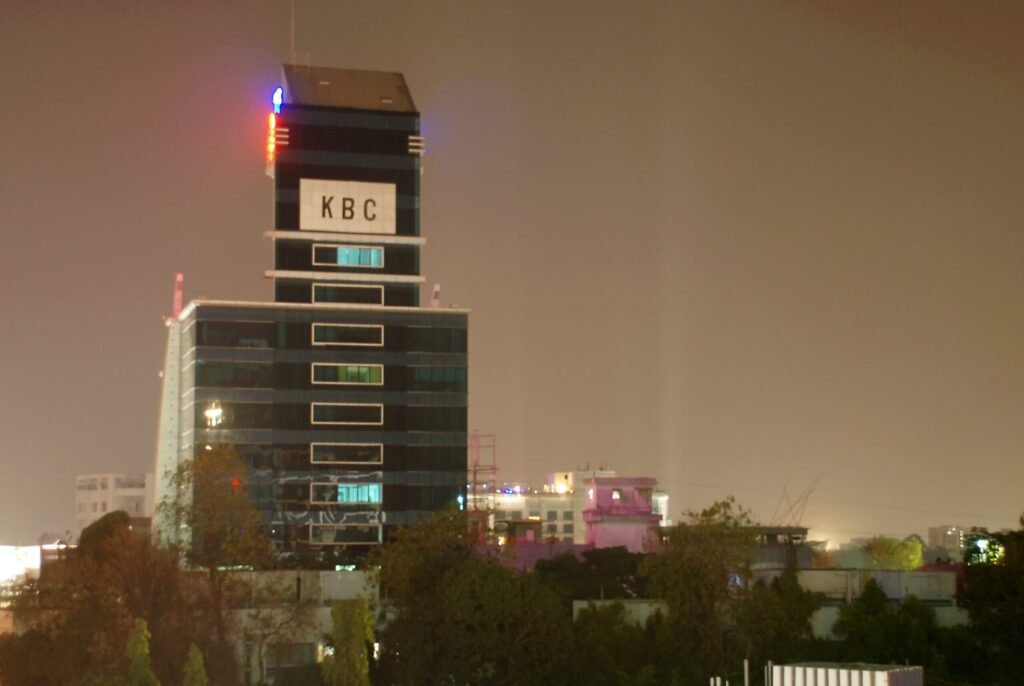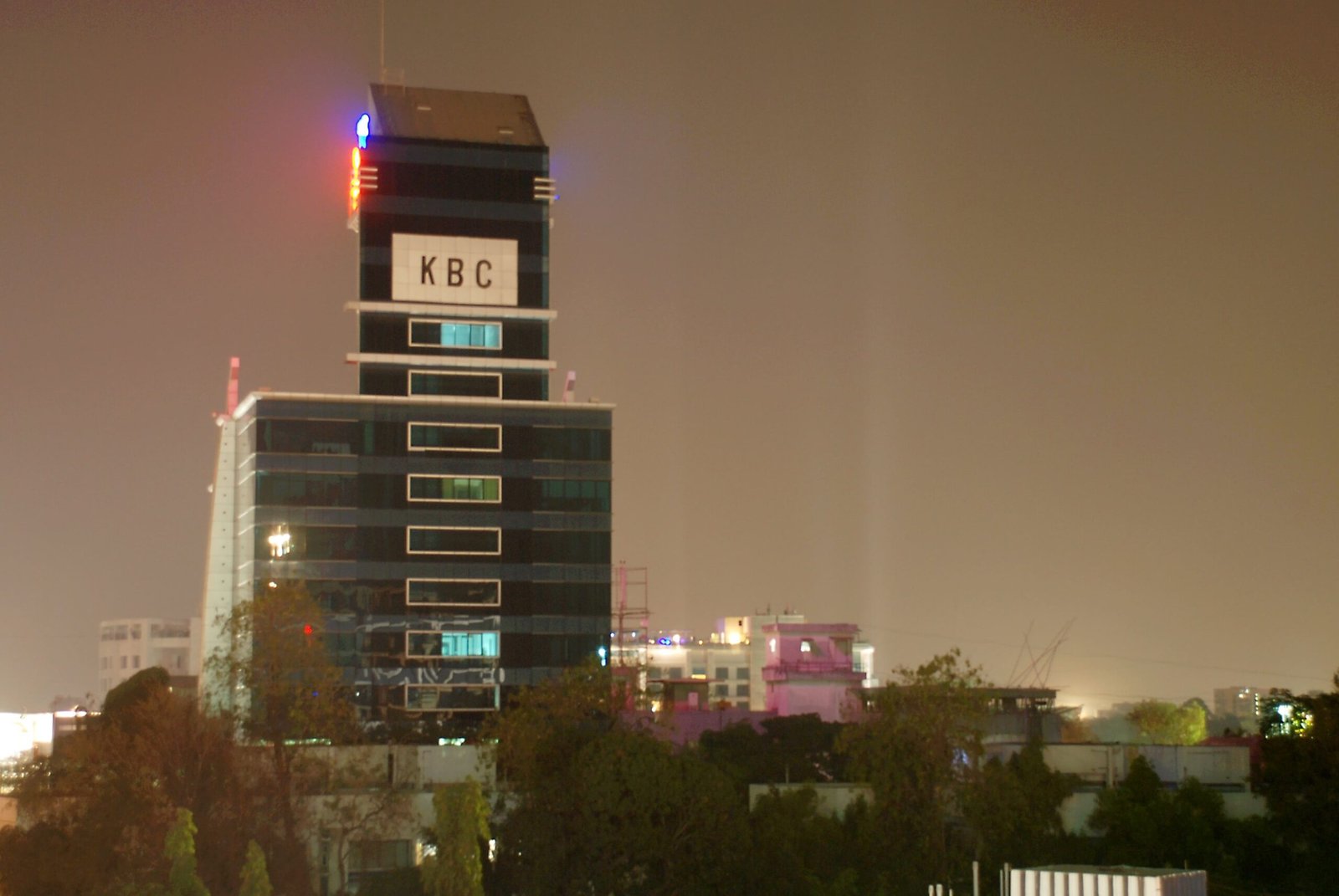In the evolving landscape of Indian urban development, one concept that has steadily risen to prominence is the smart township. These are not just clusters of residential buildings; they are self-sufficient ecosystems that combine intelligent planning, sustainable infrastructure, and modern technology to offer a superior lifestyle.
Among the pioneers who saw this trend well before it became mainstream is Lalit Kumar Jain, Chairman and Managing Director of Kumar Builders. With decades of experience in real estate and a commitment to responsible development, Jain has spearheaded the growth of integrated townships that cater to modern aspirations while preserving community and environmental values.
This blog explores the rise of smart townships through the lens of Kumar Builders’ journey, drawing insights from its flagship projects, guiding philosophy, and the vision of its founder, Lalit Kumar Jain.
What Are Smart Townships?
Smart townships represent the future of urban living — compact, self-sustaining communities that integrate:
- Residential, commercial, and recreational spaces
- Green infrastructure and environmental efficiency
- Smart energy and water management
- Digital connectivity and surveillance systems
- Access to education, healthcare, and retail facilities
They are designed to minimize the need for long commutes, reduce pollution, and foster a strong sense of community. As India urbanizes rapidly, these townships offer a blueprint for balanced, future-ready development.
Lalit Kumar Jain’s Vision: Building Beyond Bricks
Long before the term “smart city” entered public discourse, Lalit Kumar Jain had envisioned residential developments as holistic environments rather than isolated buildings. His focus was always on livability, sustainability, and community well-being.
“A home should not just be a shelter — it should be the center of a vibrant, well-connected, and sustainable lifestyle,” Jain often says.
Under his leadership, Kumar Builders began implementing township models that prioritized not just physical infrastructure but also social cohesion and environmental responsibility.
This forward-thinking vision is often highlighted in Kumar Builders news, where the company’s approach to integrated development sets new industry standards.
Kumar Builders: Pioneering Smart Township Development
Kumar Builders, founded in the 1960s, is one of the most trusted and respected real estate brands in India. With over 135 projects delivered and millions of square feet developed, the company has made a mark across residential, commercial, and mixed-use spaces.
But it is in smart township development where Kumar Builders has truly carved out a leadership position.
Let’s explore a few landmark township projects that exemplify this vision:
🏙️ 1. KUL Ecoloch, Mahalunge
Located on the scenic banks of the Mula River and close to Hinjewadi IT Park, KUL Ecoloch is a fine example of modern township planning.
Key Features:
- Integrated homes, retail, and green zones
- Rainwater harvesting and solar lighting
- Waste segregation and recycling systems
- Schools, hospitals, and recreational spaces within the premises
Lalit Kumar Jain envisioned Ecoloch as an answer to Pune’s growing need for eco-sensitive yet high-quality housing. The project is designed to accommodate not just residents’ physical needs but also their emotional and social well-being.
🏡 2. Kumar Purab, Hadapsar
Located in one of Pune’s rapidly growing eastern suburbs, Kumar Purab is another standout township that brings the convenience of city life and the serenity of green surroundings together.
Smart Highlights:
- Well-planned road network and traffic flow
- Water recycling plants and energy-efficient systems
- Schools, play areas, and fitness zones within walking distance
This project received considerable media attention and was featured in several Kumar Builders news articles for its role in transforming Hadapsar into a modern residential hub.
🌇 3. 45 Nirvana Hills, Karve Road
While not a traditional township in scale, 45 Nirvana Hills is a large-scale development that showcases smart design in vertical living. Set on the hillside with panoramic city views, the project incorporates:
- Intelligent energy usage
- Private and community gardens
- Concierge and security technology
- Minimal ecological footprint for a large complex
Key Elements of a Kumar Builders Smart Township
Each township built by Kumar Builders follows a set of core principles, shaped by Lalit Kumar Jain’s long-standing philosophy:
1. Self-Sufficiency
Residents should be able to access daily essentials, healthcare, education, and recreation without long commutes. Kumar Builders integrates all of these in their township layouts.
2. Green Infrastructure
All Kumar townships include substantial open spaces, tree plantations, and eco-friendly utilities. Jain has long advocated for developments that give back to nature, not just extract from it.
3. Safety and Surveillance
Modern safety systems, from smart CCTV coverage to gated access and 24×7 security, are integral to all township projects.
4. Community-Centric Design
Open-air amphitheaters, community halls, libraries, co-working spaces, and cultural zones ensure that residents can engage, interact, and grow together.
Why Smart Townships Are the Future of Indian Cities
As metro cities struggle with unplanned expansion, crumbling infrastructure, and rising living costs, smart townships offer a sustainable alternative. They bring together the benefits of urban living — convenience, connectivity, and opportunity — with the values of small-town living — safety, community, and peace.
Lalit Kumar Jain believes this is the direction every Indian city must take to ensure balanced growth.
“It’s not just about smart technology. It’s about smart thinking. We must build for people, not just profit,” says Jain.
The success of Kumar Builders in this domain has encouraged other developers to rethink their approach. As a result, township development is fast becoming the benchmark for future housing in India.
Technology Integration in Kumar Builders’ Townships
Being “smart” also means embracing technology. In recent years, Kumar Builders has adopted several technological innovations in their projects:
- IoT-based energy management systems
- App-controlled home automation
- Smart parking solutions
- High-speed internet and Wi-Fi zones
- Automated water and power meters
These innovations, combined with sustainable materials and climate-responsive design, create truly intelligent living spaces.
Kumar Builders News: Staying Ahead of the Curve
Recent Kumar Builders news articles have highlighted the company’s renewed focus on urban transformation through smart living models. From expanding into newer markets to revisiting older neighborhoods with modern designs, the brand remains future-focused while staying rooted in its founding values.
The upcoming phases of Ecoloch and other projects will reportedly feature:
- EV charging infrastructure
- AI-powered facility management systems
- Vertical gardens and air-purifying green walls
- Wellness amenities focused on mental health
These updates reflect Lalit Kumar Jain’s ongoing commitment to innovation and social responsibility.
As India urbanizes, the demand for smart townships will only grow. But building them isn’t just about integrating technology — it’s about having a vision that balances progress with purpose.
Lalit Kumar Jain, through his leadership at Kumar Builders, has shown that real estate can be both profitable and purposeful. His journey offers invaluable insights into how urban spaces can be built to serve people, protect nature, and elevate society as a whole.
In fact, many of these ideas are deeply connected to the broader trends explored in our related feature: “Lalit Kumar Jain on the Future of Urban Living in India”. Together, these perspectives help us understand the evolving blueprint of India’s cities — where innovation meets intention.
In the coming years, expect to see even more Kumar Builders news highlighting township projects that serve as models for smart, inclusive, and resilient urban living. Because for Kumar Builders, the mission has never been just about constructing buildings. It has always been about building better lives — and now, smarter ones too.




